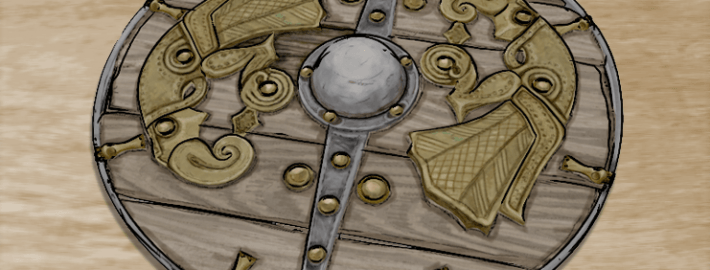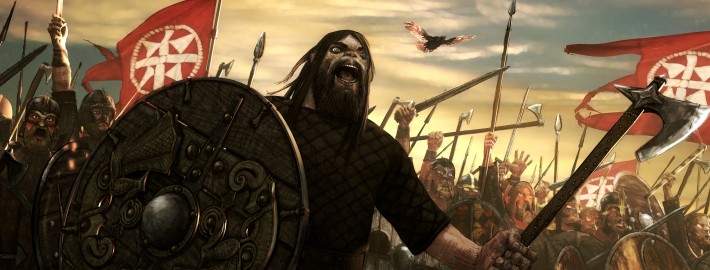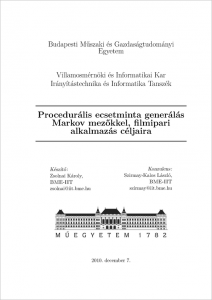In this paper we discuss a procedural method that examines the brush strokes of painter artists and then generates similar strokes to render 3D objects on the computer. The result of the method maintains the illusion that the newly created picture was made by the particular artist. The approach is based on previous research results and improves them to be appropriate for film industry applications. The developed method is integrated in a fully featured film rendering pipeline. The main challenge of the problem is that any kind of visible periodicity is not acceptable while the algorithm’s main aspect is the preservation of the artistic style of the painter for arbitrarily long strokes. We apply a probabilistic approach to analyze the dynamics of motion: according to the attributes of Markov fields we can make state transition probabilities independent of the preceding states. Thus, we are able to compute the next state of the spline from any point. To avoid visibly periodic output, it is a good idea to try to plan ahead and discover the path of transitions that lead to the last state of the sample stroke, and assign higher cost to them in advance to reduce the probability of not matured termination. To accomplish this, we iteratively apply and solve the reinforcement learning (or Q-learning) equation. The paper also investigates other procedural approaches and discusses the reasons why they cannot be utilized for the same problem. There is also a discussion of other possible fields that may benefit from the algorithm.
Thesis (Hungarian)






